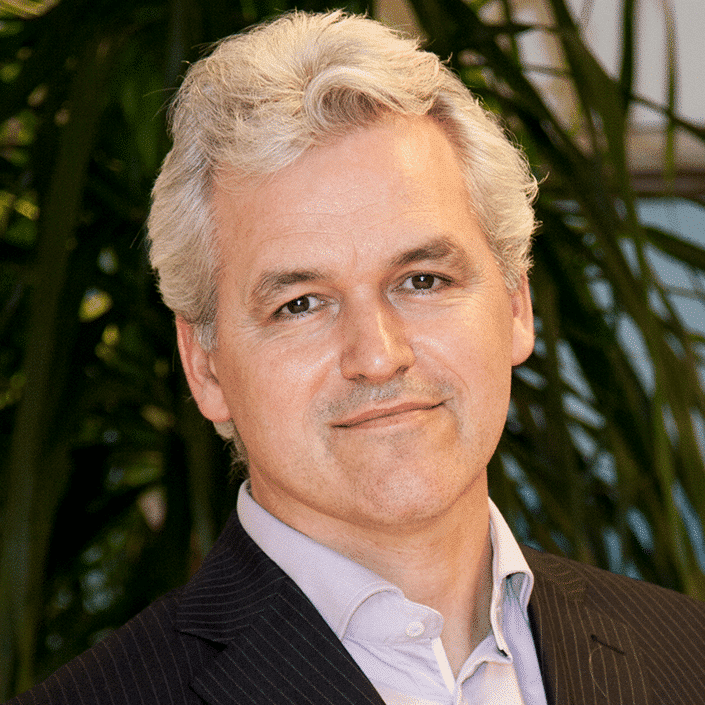In the ebb and flow of business cycles, leaders often find themselves at a critical crossroads during times of adversity: the choice between cutting back or cutting forward. This decision, while seemingly straightforward, carries profound implications not just for the immediate financial health of the organization, but also for its long-term trajectory and the well-being of its people.
The Dilemma: Short-Term Survival vs. Long-Term Vision
When revenues stagnate or decline and profits come under pressure, the instinctive reaction might be to cut back costs, often through workforce reductions. This ‘cutting back’ approach, while potentially offering a quick fix to balance sheets, can be a myopic solution, overlooking the long-term repercussions on employee morale, company culture, and future growth potential.
On the other hand, there’s the ‘cutting forward’ strategy. This approach involves looking beyond the immediate crisis to explore new possibilities and innovate, even in the face of shrinking revenues. It’s a bold move, one that requires a leap of faith into investing in the future, often at a time when every instinct screams to hold back.
The Risk of Waiting Too Long
The dilemma intensifies when leaders delay these decisions. Waiting too long can limit options drastically, leaving the business in a precarious state where neither cutting back nor forward offers a viable solution. The key is to anticipate and act, not react.
Surfing the Waves of Business Cycles
The art of leadership in tough times lies in the ability to ‘surf’ the business cycles. It’s about being proactive, anticipating challenges, and preparing for downturns even during the good times. This foresight allows leaders to strategically plan ‘cuts’ – not just in terms of cost reductions but also in carving out new paths for innovation and growth.
Cutting Forward: A Step into the Future
Cutting forward means investing in what’s next. It’s about exploring new markets, innovating products or services, and perhaps most importantly, investing in people. It’s a commitment to the belief that the future of the company is inherently tied to the future of its employees. This strategy may involve risks, but it’s also an opportunity to strengthen the organization’s foundation, diversify its capabilities, and build resilience.
The Balancing Act
The ideal approach often lies in a balance. While some level of cost optimization might be necessary, it should be complemented with equal, if not greater, emphasis on future-oriented strategies. This balance requires a deep understanding of the business, its market, and the potential impact of each decision on all stakeholders.
Conclusion: Leadership's True Test
Adversity doesn’t just challenge a business; it tests its leadership. The decision between cutting back and cutting forward is more than a financial or strategic choice; it’s a reflection of a leader’s vision, courage, and commitment to their people and the future.
By embracing foresight and cultivating agility, leaders can navigate through tough times, not just surviving but emerging stronger, with a team that’s ready to embrace the challenges and opportunities of the future.
Author
-
Edwin Korver is a polymath celebrated for his mastery of systems thinking and integral philosophy, particularly in intricate business transformations. His company, CROSS/SILO, embodies his unwavering belief in the interdependence of stakeholders and the pivotal role of value creation in fostering growth, complemented by the power of storytelling to convey that value. Edwin pioneered the RoundMap®, an all-encompassing business framework. He envisions a future where business harmonizes profit with compassion, common sense, and EQuitability, a vision he explores further in his forthcoming book, "Leading from the Whole."
View all posts Creator of RoundMap® | CEO, CROSS-SILO.COM





